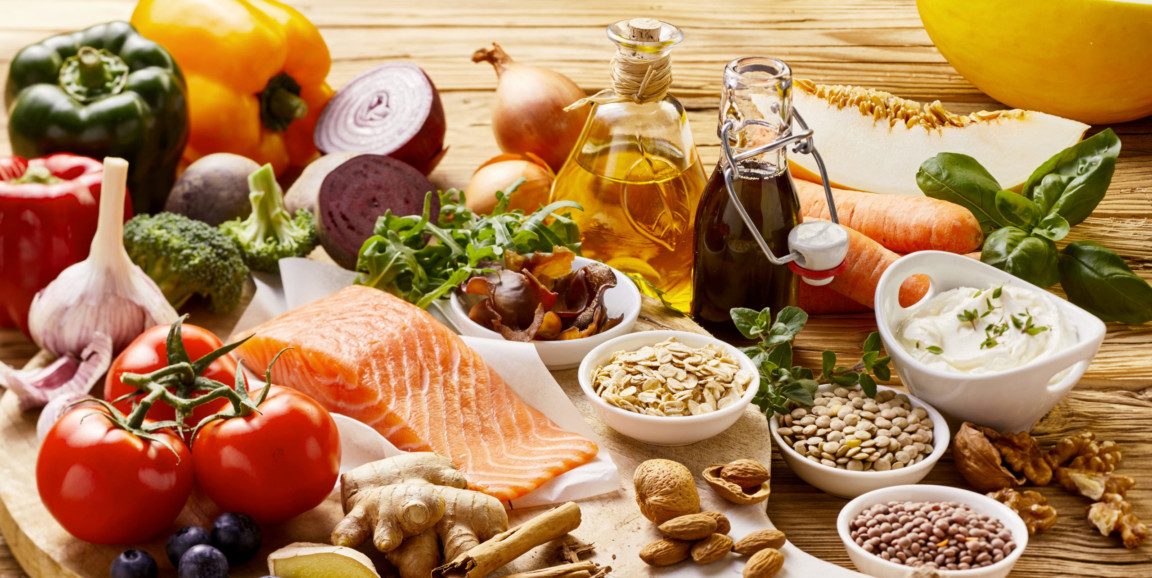Introduction to Mayan Seasonings
Spices are the silent heroes of culinary arts, bringing vibrancy and depth to what could otherwise be ordinary dishes. Among these flavor stars, authentic Mayan seasoning stands out with its ability to blend taste with tradition. Used for thousands of years by the indigenous Mayan people, these spices are not just about tantalizing the taste buds; they are deeply entwined with cultural practices and medicinal uses. As more people look to natural and traditional foods for health benefits, Mayan seasonings are gaining popularity for their exceptional properties that support wellness, all wrapped in rich flavors that echo the Mayan Riviera’s historical tapestry.
Historical Significance of Mayan Spices
The ancient Mayans weren’t just advanced in mathematics and astronomy; they also understood the art and science of cooking and healing with spices. Mayan spices served dual purposes—culinary advancement and health improvement. Evidence suggests that these spices played significant roles in both daily and ritualistic contexts. Spices such as cacao and vanilla were not just reserved for food but were integral in religious ceremonies and trading commodities, elevating them to a status of economic importance. These spices have left a lasting impression on Mesoamerican cuisines, influencing dishes across regions and beyond, as the Mayan impact reverberated through time and space to modern gastronomy.
Common Ingredients in Mayan Seasonings
Annatto seeds, allspice, and diverse varieties of chili peppers are the batons of this symphonic seasoning medley. Each adds a note to the harmonious blend that defines Mayan spices. Annatto seeds, sometimes called achiote, bring a unique peppery edge that can both dye and flavor dishes with their distinct earthiness and vibrant hue. Allspice combines the essence of cinnamon, nutmeg, and cloves into a single seed, adding complexity and warmth. Chili peppers inject boldness with their varying degrees of heat and smoky flavors, challenging the palate and making every culinary venture an exhilarating dance of sensations.
Health Benefits of Traditional Mayan Spices
Chili peppers, rich in capsaicin, are known for their health benefits, including igniting metabolism and easing joint pain. They also have anti-inflammatory properties, making them popular for pain relief. Allspice, rich in digestive health compounds, and annatto seeds, rich in antioxidants, help combat oxidative stress. These spices promote wellness, reflecting Mayan dietary practices that combine food with healing.
How to Incorporate These Spices in Modern Cooking
Ancient Mayan seasonings can be used to enhance contemporary dishes by infusing them with bold flavors. For instance, annatto can add aroma and a golden tint to rice or grains, while allspice is comforting in winter desserts or warm drinks. Chili peppers can enhance marinades, soups, or stews, allowing core ingredients to shine through. These ancient flavors celebrate heritage and encourage innovation in the modern culinary world.
Recipes Inspired by Mayan Cuisine
Capturing Mayan cuisine in everyday meals can be simple or elaborate. Start with a traditional chicken soup featuring allspice for warmth, along with shredded chicken, squash, and fresh herbs. For a bolder flavor, try chili-infused grilled fish accented by a hint of lime. These dishes embody the essence of Mayan culinary tradition, offering delicious taste and a cultural connection.
Conclusion: The Timeless Appeal of Mayan Spices
Mayan spices transcend the boundaries of time with their antiquity and relevance in today’s search for flavorful and health-conscious eating. Their ability to enhance food with profound flavor profiles while also offering myriad health benefits makes them indispensable in any kitchen. By embracing these spices, we not only add zest to our meals but also gain insights into a civilization that knows the art of blending well-being with flavor. Mayan seasonings invite us to appreciate the richness of ancient wisdom while inspiring contemporary culinary adventures.



